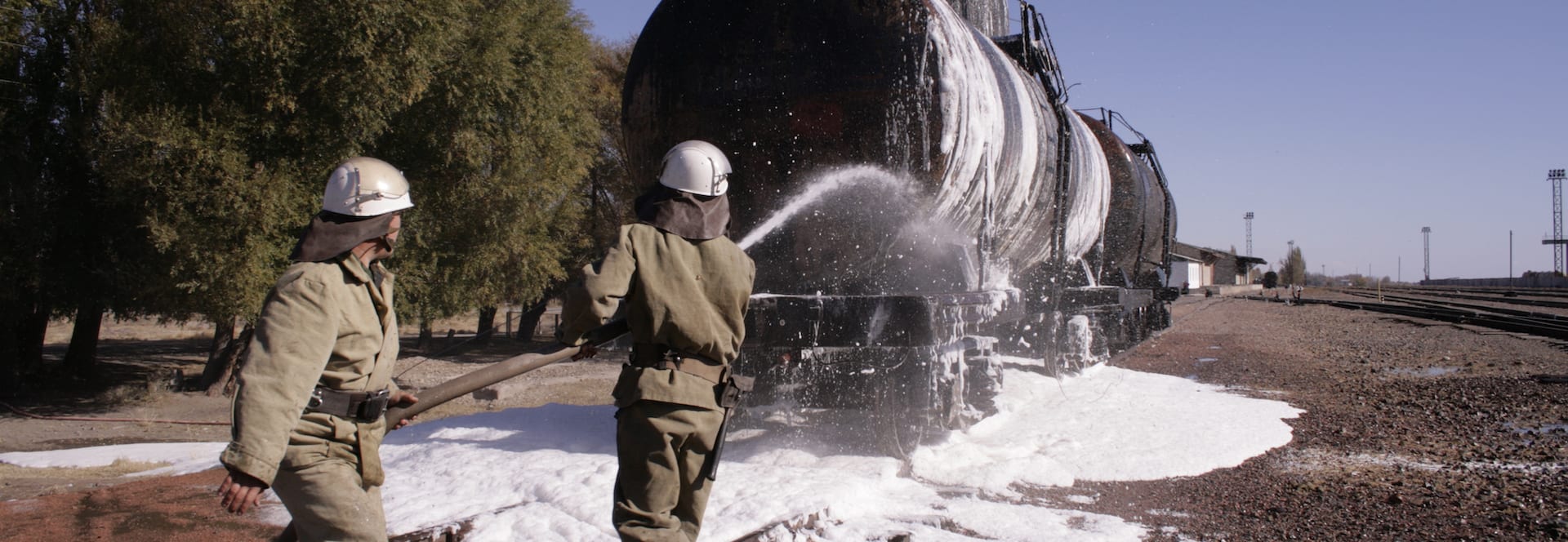
The wreck of two trains yesterday near Casselton, ND has resulted in a massive, oil-fueled fire that can be seen in Fargo, 25 miles away. Because of its immensity, firefighters have been forced to let the fire die out on its own. They have estimated it will take at least 12 hours to do so. In the meantime, residents of Casselton and other nearby towns have been warned to evacuate the area.
What kinds of dangers are posed by a train wreck like this, and is it wise to evacuate? Residents might think they are safe if they are not directly threatened by flames. However, the release of hazardous materials in accidents like this can result in severe injuries. In fact, smoke inhalation from a single occurrence can result in a lung injury known as Reactive Airways Dysfunction Syndrome (or “RADS”.) RADS requires a massive exposure to a chemical, vapor or smoke with irritating qualities – exactly like yesterday’s train fire.
Often misdiagnosed by physicians, RADS causes inhalation and airway injuries that can last for years or even a lifetime. The condition requires diagnosis and treatment by specialized physicians, including pulmonologists. RADS was first described by Dr. Stuart Brooks and his colleagues at the University of South Florida in 1985 as a type of of Irritant-Induced Asthma that follows a massive exposure to an irritant smoke, gas, vapor or fume. Among other defining factors, a RADS injury is characterized by damage to the bronchial airways which occurs within 24 hours of exposure and typically includes symptoms of coughing, wheezing and shortness of breath.
As with other railroad hazardous material spills, the Casselton disaster will be investigated by the Federal Railroad Administration. But victims of smoke inhalation may need to pursue a personal injury case to compensate them for damages and the costs of medical treatment. Typically, personal injury attorneys do not have the experience to handle cases involving the release of hazardous materials, as they are not familiar with the effects of hazardous chemicals on the human body. Nor do most personal injury attorneys know the procedures for handling accidents involving railways, which are significantly different than car accident cases. So if you or someone you know has sustained, or possibly sustained, a lung injury from a chemical fire, you should look for an attorney with experience in pursuing RADS cases, including taking them to trial, if necessary.
The law firm of W. Winston Briggs has handled multiple cases involving injuries caused by the release of hazardous materials from railroad cars throughout the US, and Winston Briggs has handled more RADS cases than any lawyer in the country. Contact the law firm of W. Winston Briggs if you feel you may have been injured by chemical smoke inhalation in the Casselton, ND, or any other railroad disaster.
Photo: Michael Vosburg, Fargo Forum via AP